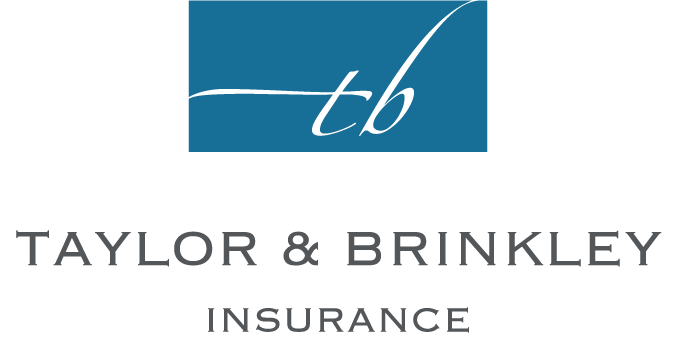Blog
Life insurance decisions can be overwhelming, especially when it comes to choosing between term life and whole life insurance. Each type offers distinct advantages depending on your financial priorities and stage of life. Understanding key differences—length of coverage, cost, and cash value—can help you make the right decision to protect your family and financial future.
Term Life Insurance Defined:
Term life insurance provides coverage for a set period—typically between 10 and 30 years. It guarantees a payout to beneficiaries if the insured passes away during that term. However, if the policyholder outlives the term, the coverage ends, and there’s no payout or cash value. It's often chosen for its simplicity and affordability, providing peace of mind during critical years like raising a family or paying off debts.
Cash Value Consideration:
Term life insurance has no cash value, meaning once the term ends, the policy has no residual worth. Whole life insurance, however, builds cash value that can be tapped into during the policyholder’s lifetime. This “living benefit” sets whole life apart, offering policyholders a financial resource they can use while still alive. This makes it appealing not only as insurance but also as a predictable investment for those who prioritize both protection and savings.
Differences in Coverage Length:
Term life is limited to a specific time frame, such as 10, 20, or 30 years, or until a certain age (commonly 65). Whole life, as the name suggests, provides coverage for a lifetime. This factor plays a significant role in determining which policy best suits your goals. For short-term needs, term life is ideal; for long-term financial security, whole life might be more appropriate.
Cost Comparison:
There is a substantial price difference between term and whole life. For instance, a $500,000 term policy for a healthy 30-year-old male might cost around $358 per year, while a whole life policy for the same coverage would cost approximately $4,308 annually. Term life’s affordability is a major attraction, while the higher cost of whole life can be justified by its cash value and lifelong protection.
Both term life and whole life insurance have their merits, and the best choice depends on your individual financial goals and life circumstances. Assess your long-term objectives—whether you seek affordable, short-term protection or comprehensive, lifelong security with a built-in savings component. The right policy can provide peace of mind and financial stability for the future.
Contact a licensed insurance professional or financial advisor and request a personalized quote for both term and whole life insurance to see which option aligns with your needs. Start the conversation about securing your family’s financial future today.
